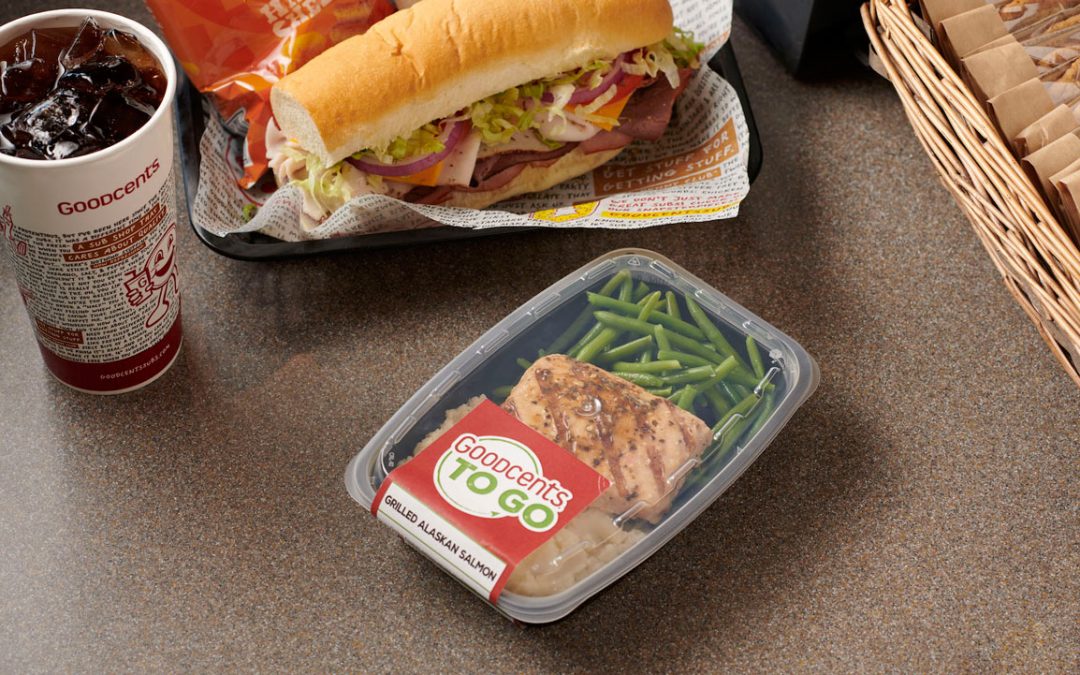When the COVID-19 pandemic hit, scores of restaurant companies struggled to be a part of wildly fluctuating consumer desires.
Goodcents, known mostly as a fast-casual sub shop, kicked off Goodcents To-Go early in 2020, with the exceptional chance to meet the new pandemic habits. The brand had tested a to-go meal program back in 2017, but it didn’t stick around. The pandemic served as a great reason to relaunch the program, especially with scores of restaurants closed.
CEO Farrellynn Wolf said the meals are simple, just microwave for a few minutes and dinner is done.
“There are so many people who don’t have time or don’t know how to cook. They can just heat it up and it’s a great offering,” said Wolf. “I think they will embrace it, it’s just the convenience. As long as they taste great, they’ll continue.”
It’s a slight departure from the typical subs the company offers. The to-go menu includes chicken alfredo, pot roast pasta, grilled salmon and the classic meatballs in red sauce. Each item is $6 and 50 cents of every meal goes to charity. Wolf said guests love the charity aspect, especially as they were searching for ways to help during the pandemic. Every location has a little bell to ring when customers make a donation via the meals.
Through 2020, the new channel added up to more than $1 million in revenue across the concept’s 30 locations, mostly in and around Kansas City. It was one aspect that Wolf said helped push the brand’s average unit volume up by nearly $40,000 to $783,000.
There are plenty of non-cooks who buy a meal to have at dinner when they grab a sub for lunch. There are also the big-time meal-preppers who use the program to stock their fridge or freezer. Locations have a lot of people order a sub and 10 to 12 meals all at once. It’s also a ubiquitous add-on for the elevated pickup and delivery that started during the pandemic. Wolf said she thinks it’s so popular because it’s not one of the low-calorie, diet meal-replacement offerings out there.
“It’s not a dietary thing, it’s a hearty balanced meal,” said Wolf.
While grocery replacement and paper goods proved to be a short-term way to help here and there, meal replacement has met a new routine for many consumers. Wolf said they’re seeing that in the to-go program. It’s on track to beat the 2020 sales and then some, and franchisees are seeing some once-new habits around meals become regular as people stay home more than they once did.




